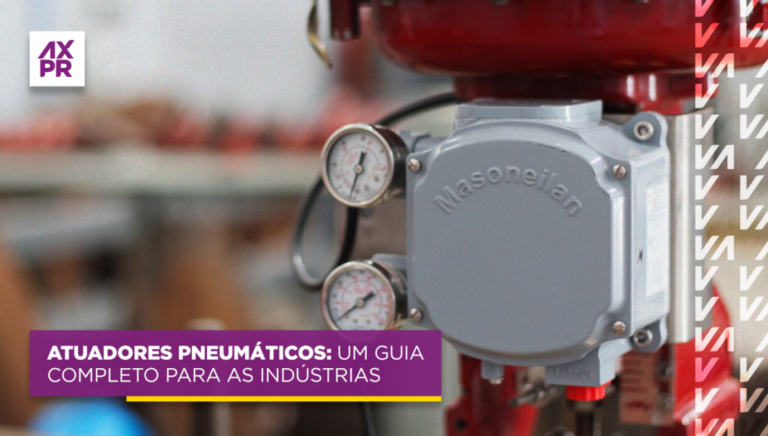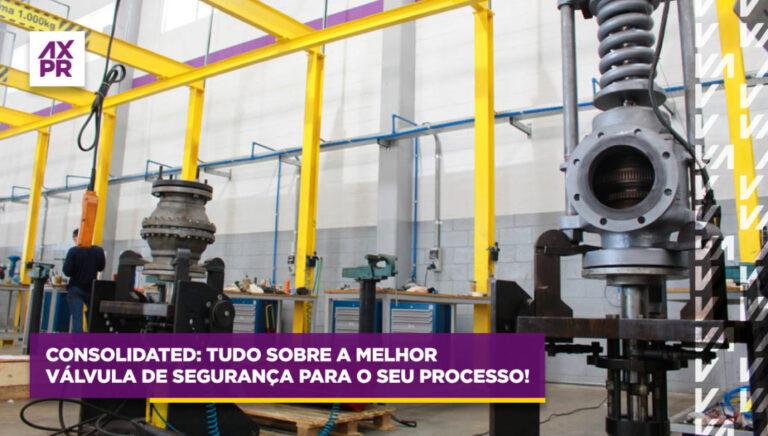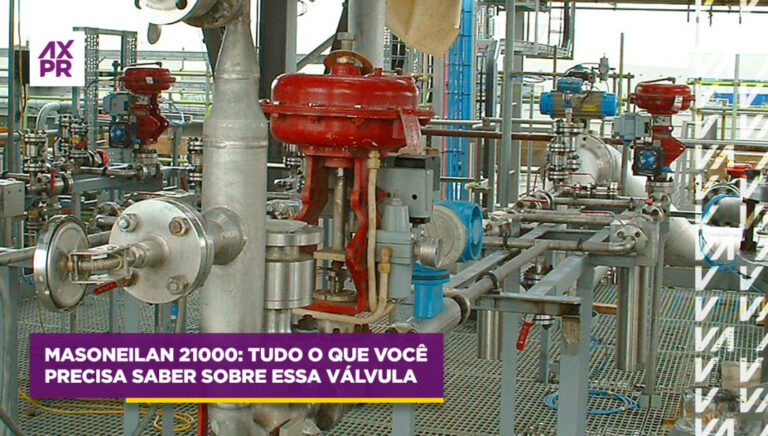Discover what a Plant Turnaround is, how it is carried out, and obtain seven essential tips for conducting this type of shutdown.
What Is a Plant Turnaround?
A Plant Turnaround, also known as a shutdown, occurs when the maintenance of valves and actuators is carried out by a specialized company that has all the tools, expertise, and necessary process methodologies to identify and resolve possible faults that could not be addressed in an on-site shutdown.
How Is a Plant Turnaround Carried Out?
A partir do recebimento das válvulas pela empresa responsável, as mesmas passam uma série de pré-testes, sendo desmontadas e analisadas cada um de seus componentes. Após essa etapa, as peças de aço carbono, ferro fundido e, em alguns casos, aço inox, passam por um processo de jateamento.
At this point, all the agreed-upon parts that require maintenance, such as soft parts (gaskets, seals, o-rings, bolts, among others), as well as studs, diaphragms, and stems, are replaced or repaired through machining.
In addition to all these processes, the valves undergo flange cleaning, recovery of gasket and seal seats.
After all items are repaired and in perfect condition, the valves are reassembled and undergo a rigorous quality process, with the final step being a final coat of paint.
7 Tips for a Successful Plant Turnaround
Here are seven essential tips to consider for anyone wishing to carry out a successful Plant Turnaround.
1 - Delivery Priority
Establish which valves have the highest maintenance priority. This way, the company can perform all necessary repairs on these valves and send them back to the client more quickly.
2 - Contact the Maintenance Company in Advance
It is highly recommended that the client contacts the company in advance to assess which valves are suitable for external maintenance. AXPR has a maintenance history with many clients, along with experienced professionals who can assist in this decision-making process.
3 - Define and Obtain Necessary Parts
It is necessary to establish an agreement on who will be responsible for purchasing the required parts for valve and actuator maintenance. However, if the client provides all the components, attention to the quality, reliability, and specificity of the acquired valve kit is crucial.
4 - Visit the Inspection Environment
Always have a professional from the company with experience in on-site valve work or available at any time to address possible issues with these equipment. This way, idle time with the maintenance process can be avoided.
5 - Request Operation Reports
Request daily reports on the progress of the valve maintenance process, including the S-curve report, which shows how much of the planned maintenance actions were carried out in a specific period.
6 - Consider Delivery Time in the Schedule
Plant Turnarounds are usually carried out very quickly. However, the time spent on transporting the parts, both to and from the maintenance company, should be included in the shutdown schedule.
7 - Determine Calibration Parameters in Advance
It is necessary to establish the operational parameters of each valve in advance. For example, in the case of safety valves, it is crucial to inform the calibration pressures in advance. Failure to do so could lead to the maintenance being halted until the client provides such data.
AXPR is a company with extensive experience in the valve maintenance process, using internationally recognized processes and employing a work methodology that keeps the client constantly connected to the entire maintenance process.
Do you have any questions about the benefits of the Plant Turnaround? Click here to chat with our team of experts!






